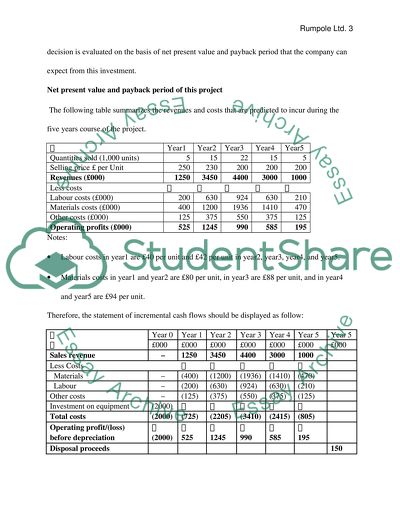Cite this document
(“Case Study - Rumpole Ltd Essay Example | Topics and Well Written Essays - 2500 words”, n.d.)
Case Study - Rumpole Ltd Essay Example | Topics and Well Written Essays - 2500 words. Retrieved from https://studentshare.org/finance-accounting/1630151-case-study-rumpole-ltd
Case Study - Rumpole Ltd Essay Example | Topics and Well Written Essays - 2500 words. Retrieved from https://studentshare.org/finance-accounting/1630151-case-study-rumpole-ltd
(Case Study - Rumpole Ltd Essay Example | Topics and Well Written Essays - 2500 Words)
Case Study - Rumpole Ltd Essay Example | Topics and Well Written Essays - 2500 Words. https://studentshare.org/finance-accounting/1630151-case-study-rumpole-ltd.
Case Study - Rumpole Ltd Essay Example | Topics and Well Written Essays - 2500 Words. https://studentshare.org/finance-accounting/1630151-case-study-rumpole-ltd.
“Case Study - Rumpole Ltd Essay Example | Topics and Well Written Essays - 2500 Words”, n.d. https://studentshare.org/finance-accounting/1630151-case-study-rumpole-ltd.


